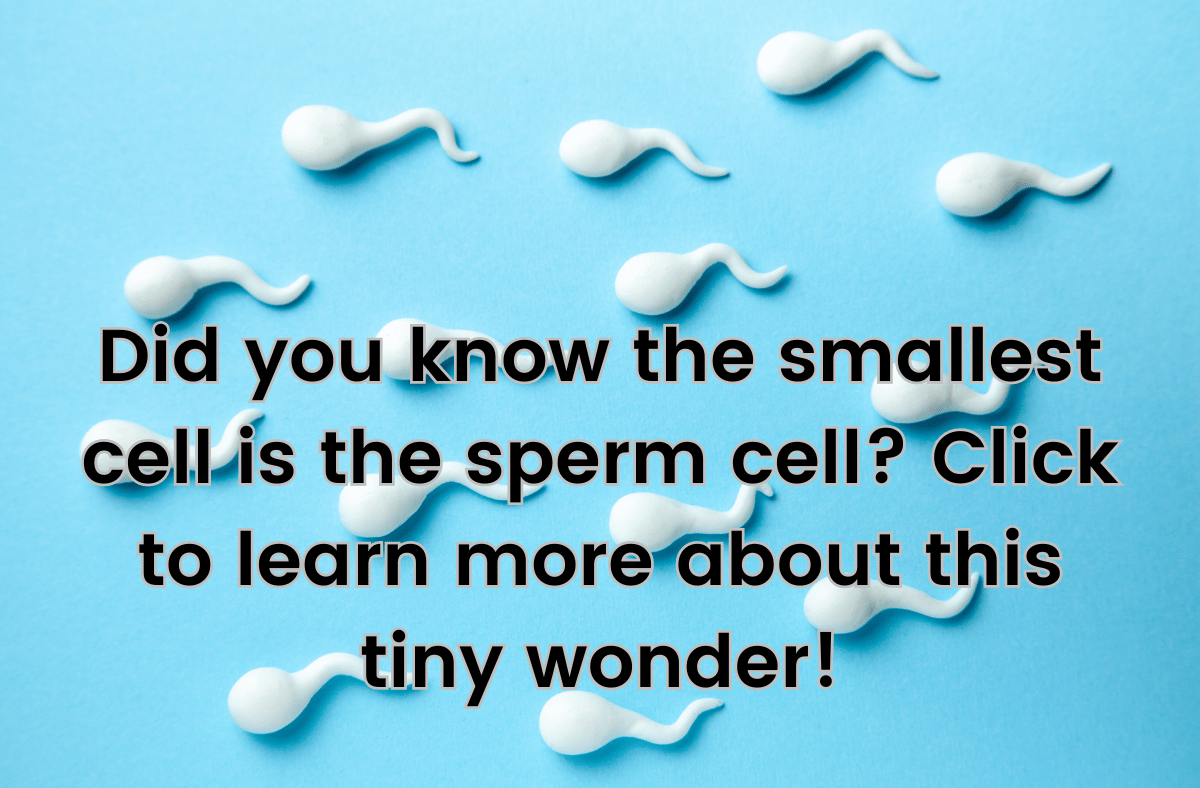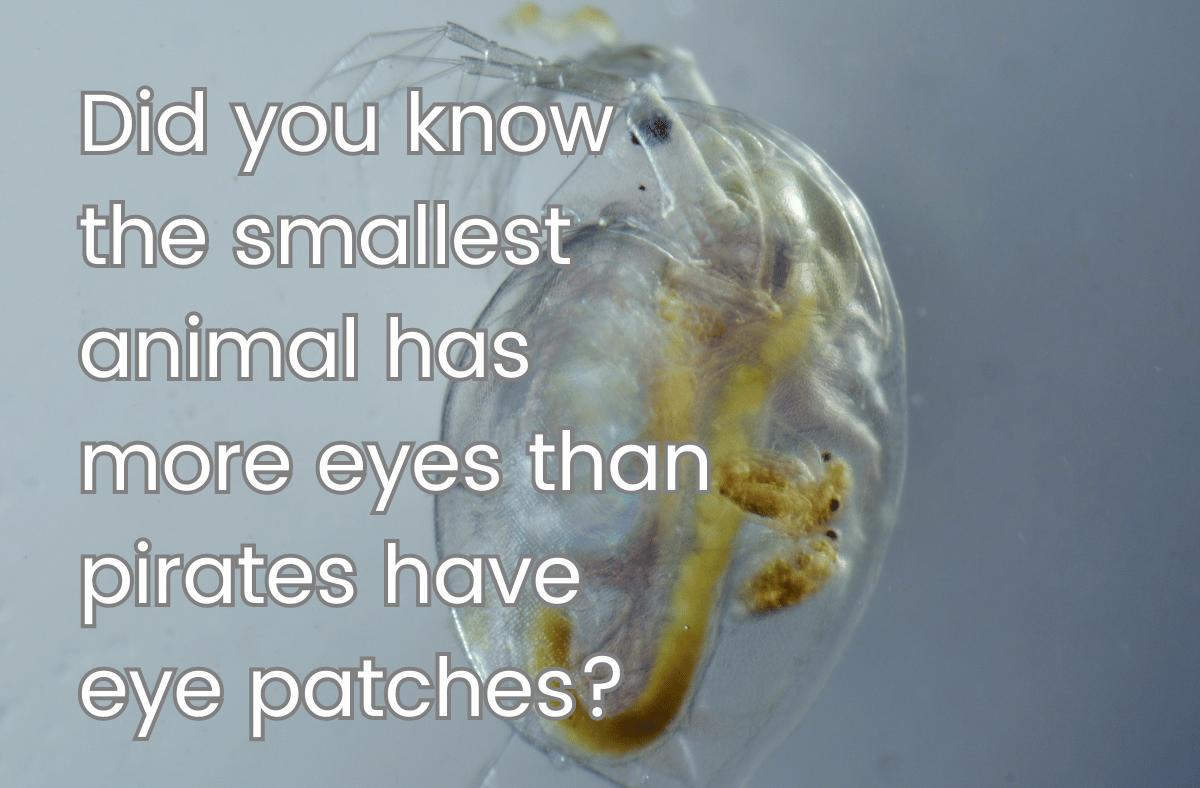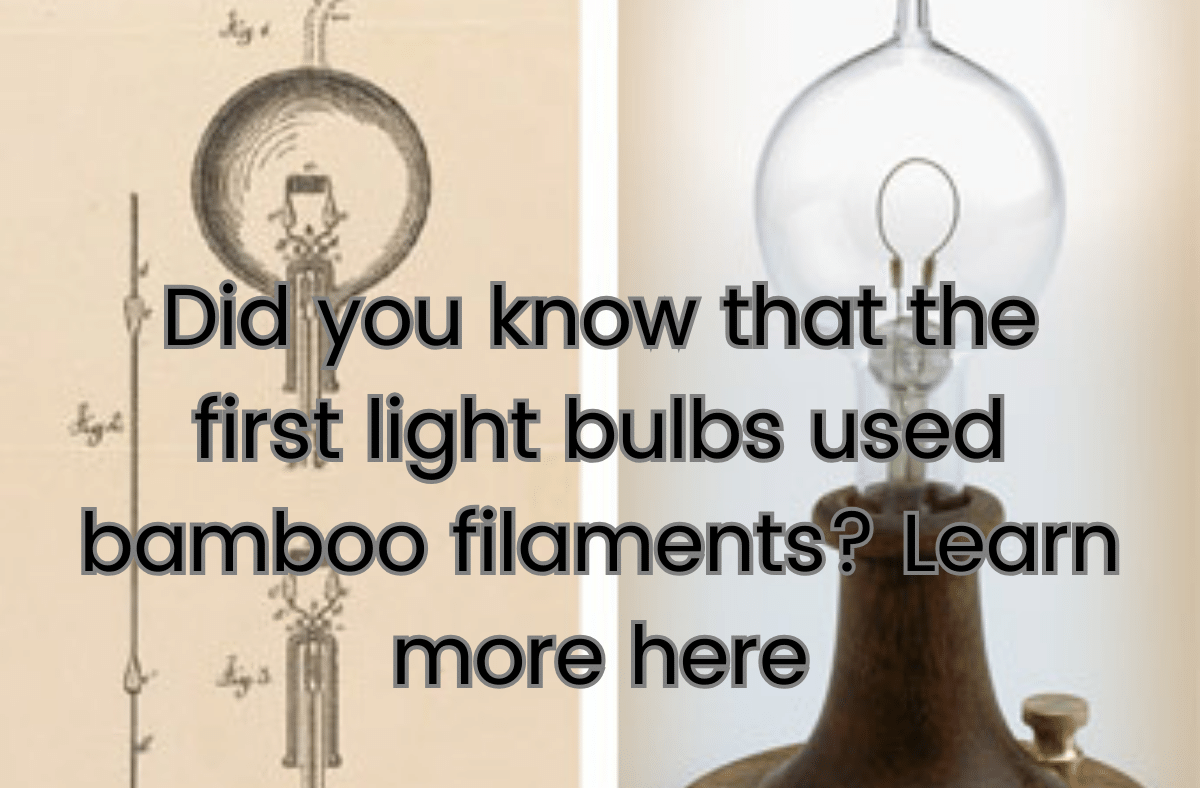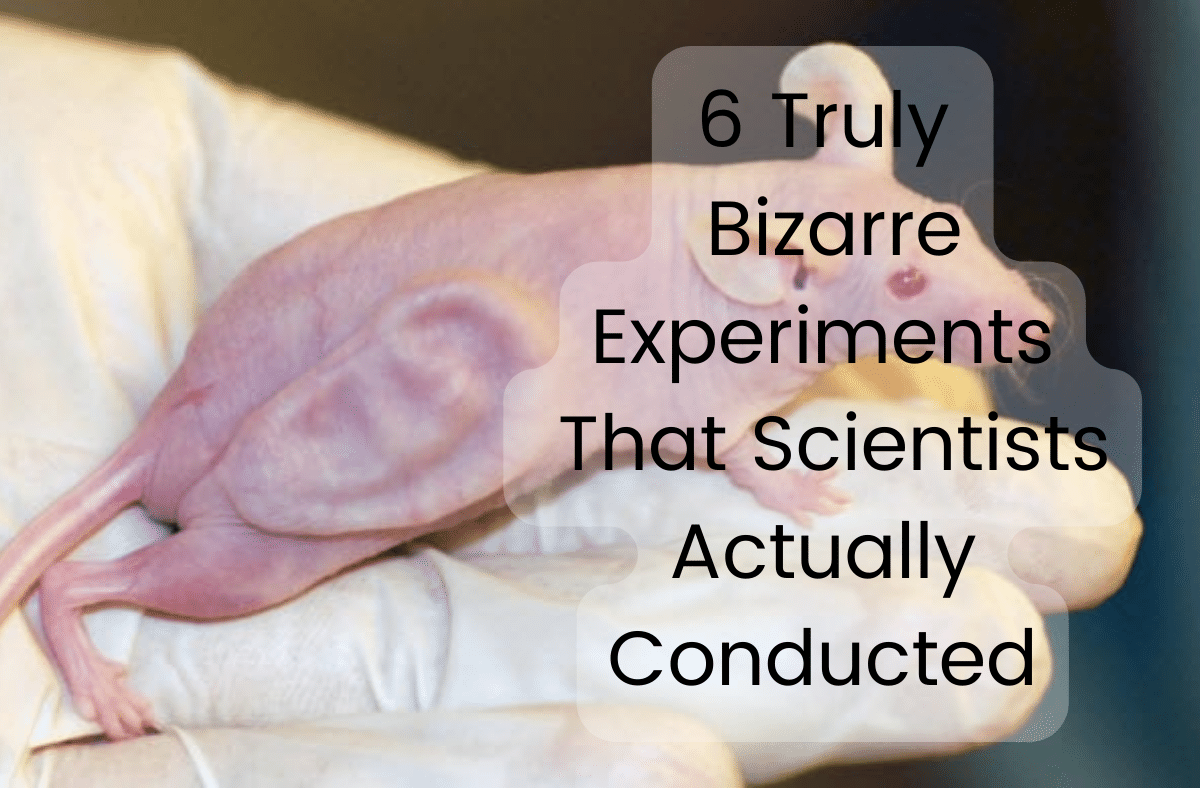For those in a hurry:
- The smallest cell in the world is the sperm cell, which is about 0.005 mm long.
- Sperm cells are produced by males in the testes and carry half of the genetic information needed to create a new individual.
- Sperm cells have a head, a midpiece and a tail that help them move and reach the egg cell during fertilization.
- Sperm cells are very sensitive to temperature, pH and other factors that can affect their quality and quantity.
The Smallest Cell: What is a Sperm Cell?
A sperm cell is a type of cell that is specialized for reproduction. It is produced by males in the testes, which are organs located in the scrotum. A sperm cell carries half of the genetic information (23 chromosomes) needed to create a new individual when it combines with an egg cell (also with 23 chromosomes) during fertilization.
A sperm cell has three main parts: a head, a midpiece and a tail. The head contains the nucleus, which holds the DNA, and a cap-like structure called the acrosome, which contains enzymes that help the sperm penetrate the egg. The midpiece contains mitochondria, which provide energy for the sperm to move. The tail is a long, thin structure that propels the sperm forward by whipping back and forth.
The Smallest Cell: How are Sperm Cells Made?
Sperm cells are made through a process called spermatogenesis, which takes place in the testes. Spermatogenesis involves several stages of cell division and differentiation, starting from stem cells called spermatogonia. Spermatogonia divide by mitosis to produce more spermatogonia or primary spermatocytes. Primary spermatocytes undergo meiosis I to produce two secondary spermatocytes, each with 23 chromosomes. Secondary spermatocytes undergo meiosis II to produce four spermatids, each with 23 chromosomes. Spermatids then undergo morphological changes to become mature sperm cells.
Spermatogenesis takes about 64 days in humans and produces about 200 million sperm cells per day. However, not all sperm cells are viable or functional. Some may have defects in their shape, size, movement or DNA that can reduce their chances of fertilizing an egg.
The Smallest Cell: What Factors Affect Sperm Cells?
Sperm cells are very sensitive to various factors that can affect their quality and quantity. Some of these factors include:
- Temperature: Sperm cells need a lower temperature than the body temperature to develop properly. That is why the testes are located outside the body in the scrotum, which can adjust its position to regulate the temperature. Exposure to high temperatures, such as from hot baths, saunas or tight clothing, can damage sperm cells and reduce their number.
- pH: Sperm cells need an alkaline environment to survive and function. The pH of the semen, which is the fluid that carries sperm cells out of the penis during ejaculation, is about 7.2 to 7.8. However, the pH of the vagina, which is where sperm cells have to travel to reach the egg, is about 3.8 to 4.5, which is acidic and hostile to sperm cells. To overcome this barrier, semen contains buffers that neutralize the acidity of the vagina and protect sperm cells.
- Diet: Sperm cells need nutrients to maintain their health and energy. A balanced diet that includes antioxidants, vitamins, minerals and proteins can help improve sperm quality and quantity. On the other hand, a poor diet that includes alcohol, caffeine, tobacco or drugs can harm sperm cells and reduce their number.
- Stress: Stress can affect hormone levels and blood flow in the body, which can interfere with spermatogenesis and sperm motility. Stress can also affect mood and libido, which can reduce sexual activity and frequency of ejaculation. To cope with stress, relaxation techniques such as meditation, yoga or exercise can help improve sperm health and fertility.






















